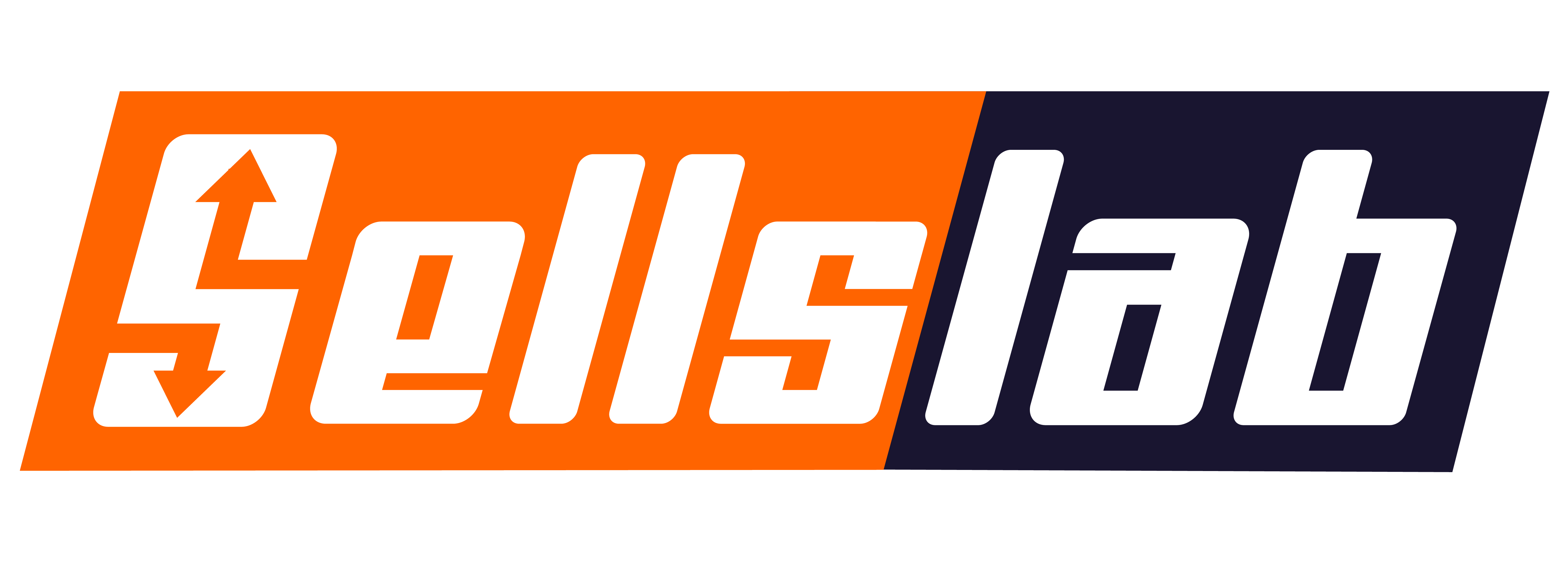In today’s digital age, where social media platforms and digital advertising dominate the marketing landscape, email marketing remains a powerful and effective tool for businesses to connect with their audience, nurture relationships, and drive conversions. In this blog post, we’ll delve into the world of email marketing and explore strategies to help you master this essential marketing channel.
Why Email Marketing?
Despite the rise of new communication channels, email continues to be one of the most direct and personal ways to reach your audience. With billions of active email users worldwide, email marketing offers unparalleled reach and engagement potential, allowing businesses to deliver targeted messages directly to their subscribers’ inboxes.
Key Components of Successful Email Marketing
- Building Your Email List: Start by building a quality email list of subscribers who have opted in to receive communications from your business. Offer incentives such as exclusive content, discounts, or freebies to encourage sign-ups and ensure compliance with email regulations like GDPR.
- Segmentation and Personalization: Segment your email list based on factors such as demographics, interests, purchase history, and engagement level. Tailor your email content and messaging to each segment to deliver more relevant and personalized experiences that resonate with your subscribers.
- Compelling Content Creation: Create compelling email content that provides value to your subscribers and encourages engagement. Use attention-grabbing subject lines, clear and concise copy, and eye-catching visuals to capture your audience’s attention and drive clicks.
- Automation and Triggered Emails: Implement automation workflows and triggered emails to deliver timely and relevant messages based on subscriber actions or milestones. Automate welcome emails, abandoned cart reminders, birthday greetings, and more to nurture relationships and drive conversions.
- Testing and Optimization: Continuously test and optimize your email campaigns to improve performance and maximize results. Experiment with different subject lines, email layouts, calls-to-action, and send times to identify what resonates best with your audience and drives the highest engagement and conversion rates.
Tips for Success with Email Marketing
- Focus on Deliverability: Ensure that your emails are delivered to your subscribers’ inboxes by maintaining a healthy sender reputation, using a reputable email service provider, and following best practices for email design and content.
- Mobile Optimization: With the majority of emails being opened on mobile devices, it’s essential to optimize your emails for mobile viewing. Use responsive design, concise copy, and clear calls-to-action to ensure a seamless experience for mobile users.
- Monitor and Analyze Metrics: Track key email marketing metrics such as open rates, click-through rates, conversion rates, and unsubscribe rates to measure the effectiveness of your campaigns. Use this data to identify areas for improvement and refine your email marketing strategy over time.
- Compliance with Regulations: Stay up-to-date with email marketing regulations such as GDPR and CAN-SPAM to ensure compliance and maintain trust with your subscribers. Obtain consent before sending marketing emails, provide an easy way to unsubscribe, and respect subscribers’ preferences and privacy rights.
Conclusion
Email marketing remains a cornerstone strategy for businesses to connect with their audience, nurture relationships, and drive conversions in today’s digital landscape. By understanding the key components of successful email marketing and implementing strategic tactics to maximize engagement and conversions, businesses can unlock the full potential of this essential marketing channel. Whether you’re looking to increase sales, drive website traffic, or build brand loyalty, email marketing offers the flexibility and precision to help you achieve your marketing goals effectively.

